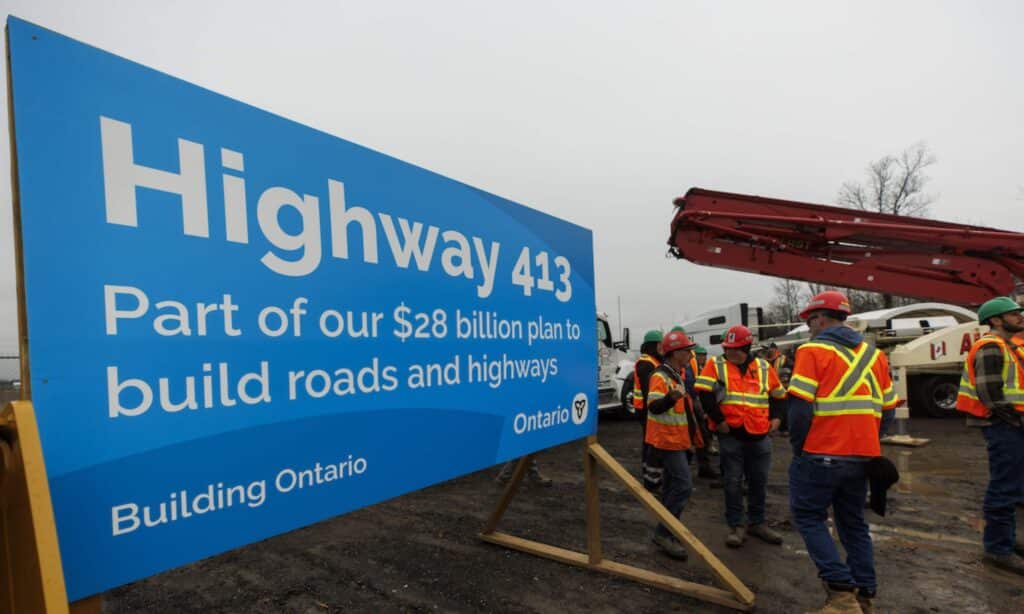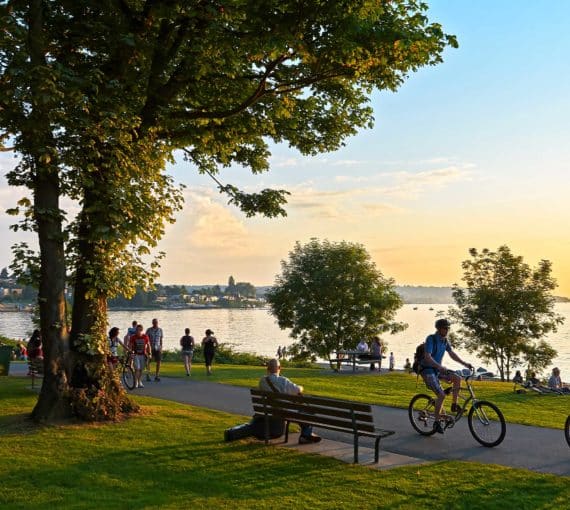
As Ontario pushes ahead with its plan to pave part of the Greenbelt with Highway 413, nurses are urging Queen’s Park to put more money into public transit.
Instead of throwing away billions on a needless expressway, the province should put more money into public transit
As Ontario pushes ahead with its plan to pave part of the Greenbelt with Highway 413, nurses are urging Queen’s Park to move in a wholly different direction.
Instead of throwing away billions of dollars on an unnecessary expressway and destroying farmland, the province should put more money into public transit, boosting systems like the TTC and GO.
The benefits of buses, streetcars, and subways — for individuals and for society — are enormous.
Transit fosters personal and public health. Automobiles are a major source of pollution, particularly in urban environments. The Registered Nurses’ Association of Ontario pointed out in mid-2015 that focusing on better community design, implementing large-scale transit systems, and moving people out of their cars and into public transportation can help avoid significant premature death due to pollution and congestion.
The Canadian Association of Physicians for the Environment argues that taking transit means weaving physical activity into your daily routine, “because most transit trips begin or end with walking or cycling.” CAPE cites a Montreal study that found a round trip on transit typically requires about 2,500 steps.
When people are more active, they cut their risk of diseases such as stroke, diabetes, and cancer. So when you pay your bus fare, you’re getting low-carbon transportation along with a healthier lifestyle.
When people are more active, they cut their risk of diseases such as stroke, diabetes, and cancer. So when you pay your bus fare, you’re getting low-carbon transportation along with a healthier lifestyle.
Increased activity means a reduction in hospital spending. The Canadian Public Health Association says that, in the Toronto region, a transit-focused transportation plan could help us avoid $1.2 billion in health costs annually.
Taking transit also reduces your risk of dying in a traffic accident. CAPE says transit users are 20 times less likely to suffer a deadly crash than people who use automobiles.
In fact, in places where transit ridership is high, the risk of traffic fatality is reduced for all road users. This is the case, says the CPHA, because folks who live in transit-friendly communities “tend to drive fewer kilometres, drive at lower speeds, and have travel options that allow them to avoid high-risk driving, such as driving after drinking.”
Transit busts congestion. The TTC says that, during rush hour, a bus replaces 45 cars, a streetcar 95 cars, and a subway train 910 cars. Less traffic means cleaner air and better mental health — especially for drivers.
Transit busts congestion. The TTC says that, during rush hour, a bus replaces 45 cars, a streetcar 95 cars, and a subway train 910 cars. Less traffic means cleaner air and better mental health — especially for drivers.
Highway 413, though, will be a traffic accelerator. It’s widely known that new highways incentivize car use, quickly filling up and making worse the very problem they’re supposed to solve.
Ontario won’t address congestion until it gives commuters the fast, affordable, and reliable public transit that allows people to leave the car at home. This means funding not just capital projects, such as new subway construction, but also day-to-day transit operations.
Politicians like to cut ribbons at subway openings, but Ontario could best assist transit agencies by paying for the drivers, mechanics, and maintenance workers who run the system on a daily basis.
Human health, road safety, and congestion would all improve if the province shelved Highway 413 and put more funding into light rail, GO train, and bus service.
This article was originally published as in TVO today.
Related Projects
Always grounded in sound evidence, the David Suzuki Foundation empowers people to take action in their communities on the environmental challenges we collectively face.




